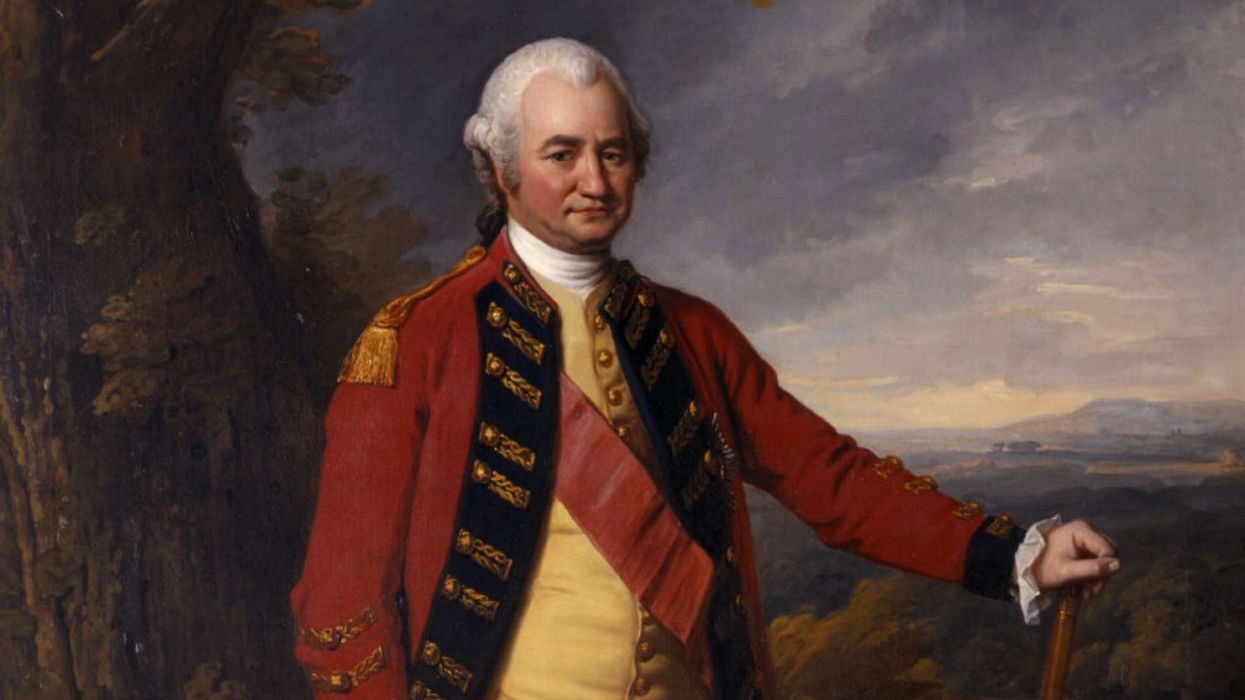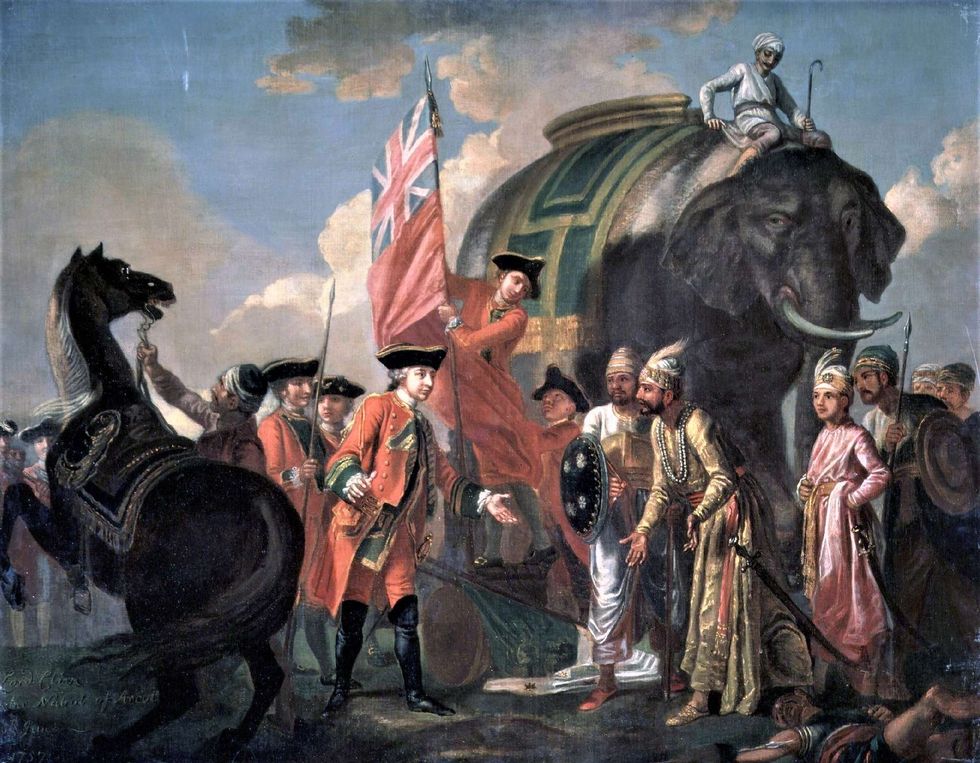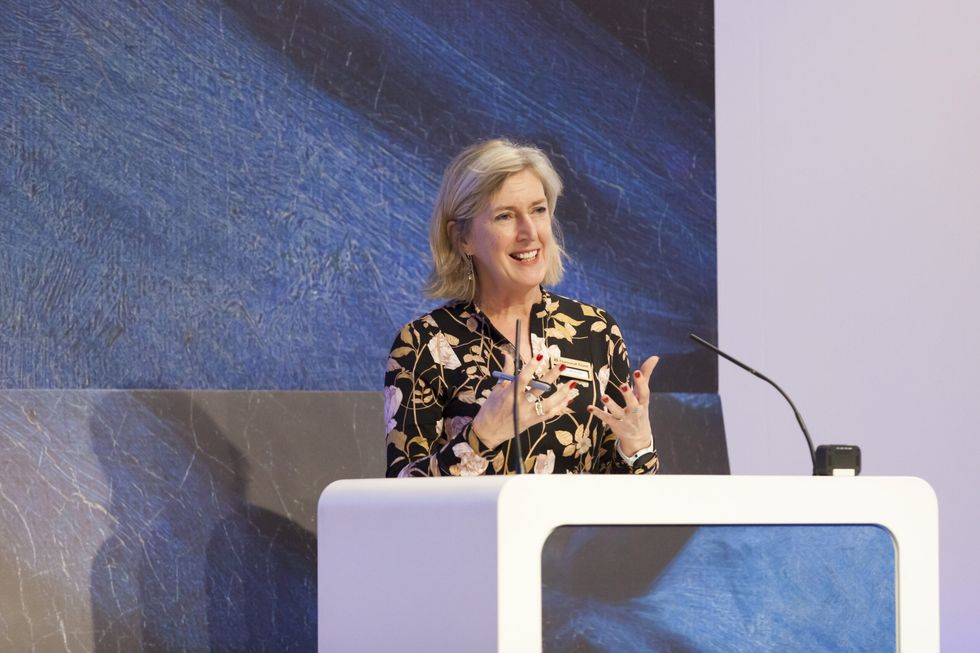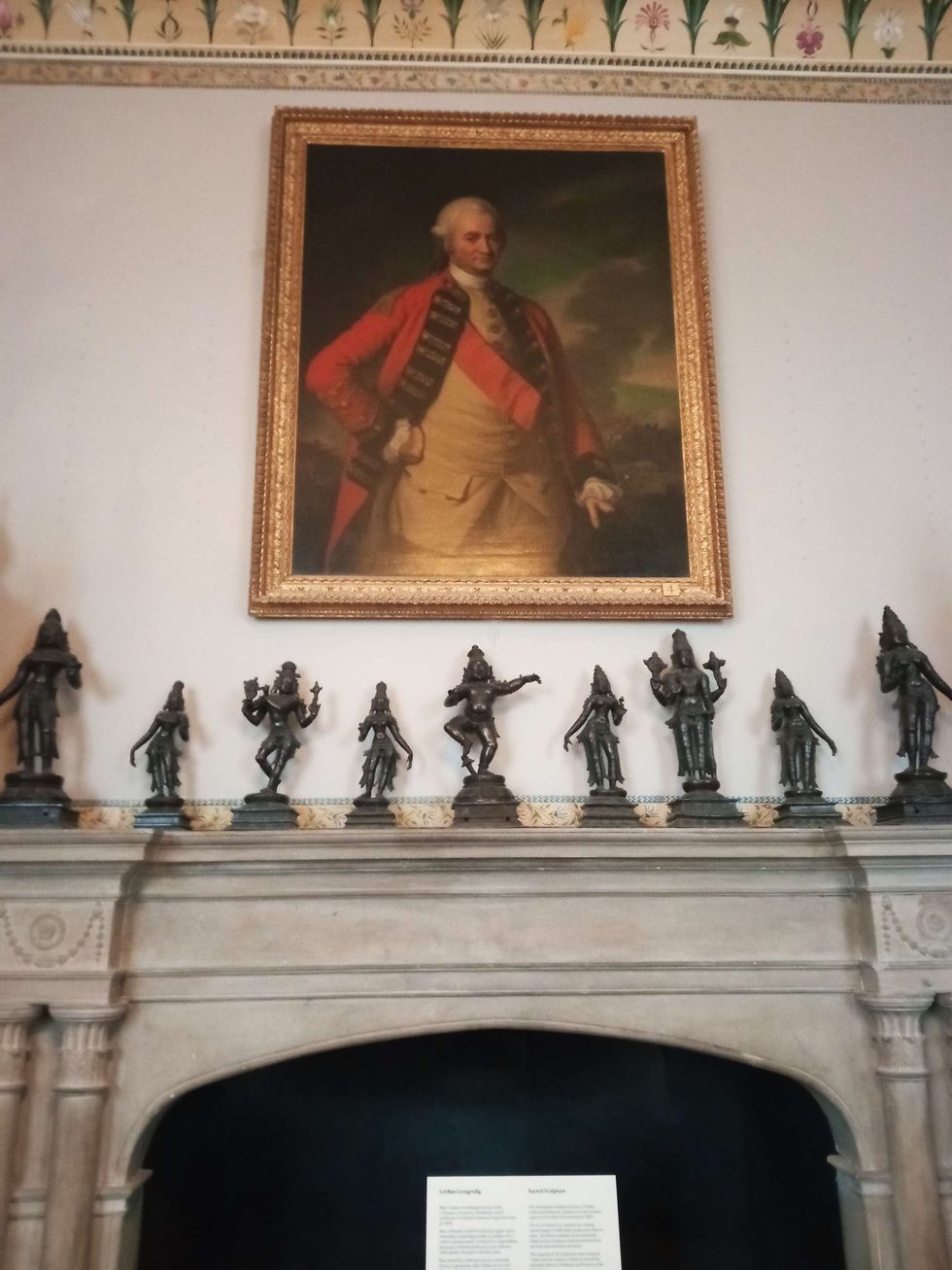INDIAN SOPRANO ROZARIO WAS COMPOSER’S MUSE
by AMIT ROY
KRISHNA, an opera which tells the story of the Hindu deity, will have its world premiere in 2024 in Surrey, it was announced last week by its producer, Wasfi Kani.
The opera was composed by the late Sir John Tavener, who finished it in 2005, but it has never been staged.
“Until now,” said Kani, who is much admired in the music business for constructing a 700-seat theatre at Grange Park Opera in the grounds of West Horsley Place, a 14th-century estate in Surrey. This is where Krishna will have its world premiere, she said, with another planned for Mumbai.
She attached a symbolic importance to the timing: “Krishna arrives when the world cries out for help, and here we have this opera.”
Tavener, one of the most acclaimed modern British composers – his Song for Athene at the funeral of Diana, Princess of Wales, in 1997 won him world acclaim – died in 2013, aged 69. Last year his widow, Maryanna, tipped off Prince Charles, a close friend of her husband, about Krishna.
Charles asked Sir David Pountney, a theatre and opera director, whether he would take an interest in Krishna. Pountney did and, in turn, approached Kani, who he thought was the only person capable of taking on the opera.
Kani found that Tavener had written Krishna by hand – these days most composers tend to use a computer – on 358 sheets of manuscript paper which have now all been transcribed.
“When I took on the piece last October, I was going to call it The Earth Cries out for Krishna but then I decided to stick with Krishna. Tavener called it something else – on the manuscript he called it The Play of Krishna.”
Kani explained the plot to Eastern Eye: “Basically it’s the story of the cycle of Krishna’s life in 15 short scenes. He is born when the earth cries out for help. There is a wonderful scene when he is a child and, as children do, he starts eating dirt. And his mummy says, ‘No, no, no, you can’t eat the dirt.’ She opens his mouth to pull it out and she sees in his mouth the entire universe.
“At the end, Krishna is assumed into paradise with many of his followers and the text then says, ‘I will come again when the earth needs me.’
“It will be mainly in English – there is a little bit in Sanskrit. There are passages which are very, very rhythmic – not in any language. It is really about painting with sound.
“Krishna is played by four different people at four different times of his life in four different voice types. He is depicted as a child when he is a treble; then at some point as a tenor.”
Kani, who studied music at St Hilda’s College, Oxford, spoke of her own background: “My parents were Muslims who were living in Delhi and Agra and came here after partition. They went to Karachi briefly – my brother was born in Pakistan.
By 1952 they were here and I was born in London in 1956. In the 1990s I went to India for the first time. I very much fell in love with Indian textiles, and I loved the country.”
Krishna has been described as a “discovery” by the BBC and others. But an opera singer who knew of Krishna because Tavener had written it with her voice in mind, as he had with 30 other pieces of music, is Patricia Rozario, one of the best-known sopranos of her generation. Rozario, a Goan Catholic who was born and brought up in Mumbai, came to the UK on a music scholarship.
After Kani had announced the opera last week, Rozario was invited by BBC Radio 3 to talk about Tavener, whom she had known for 22 years “since our first meeting in 1990-91”.
Sean Rafferty, the presenter of In Tune, began by remarking, “You can’t have Tavener without Patricia Rozario,” adding, “You were his muse – it’s extraordinary.”
Afterwards, Rozario told Eastern Eye of her recollections of Tavener working on Krishna: “In 2005, he had been writing it for two or three years. He talked to me about the opera when he was writing it.
On one of my visits (to his home in Dorset) he even played certain excerpts from it. He would play the piano and sing the different parts, just to explain how one bit goes into another. I remember John talking about Radha and Krishna and some of the other characters and singers. It is a multifaceted performance.”
Rozario said: “He loved Indian music – he listened to it a lot. In fact, when I first met him, he sat me and Mark (her pianist husband Mark Troop) down and I listened to the Dagar brothers (Indian classical Dhrupad singers). This is what good composers do – they take something from another tradition and make it their own.”
Krishna is not Tavener’s first Indianthemed composition. He was present at the Nehru Centre in London on June 27, 1997, when “he had composed a 10-minute piece called Samaveda for voice, flute and a couple of other instruments. I sang the voice part and also played the tanpura,” said Rozario.
By and by, Tavener started using more obvious Indian elements. “He had read a lot about Indian philosophy and themes of Krishna. He would not have written it lightly. John sent me the score for the love duet from Krishna,” she revealed.
Tavener was once asked about his musical dream. “He said, ‘I would like to write a piece that is like an Indian allnight performance.’ He was always obsessed with the idea that Indian musicians perform continuously through the night and audiences sit and listen.
“He was talking about visiting India. I said it would be so nice. He really wanted to, but it wasn’t meant to be. He was very ill for four years before he died.” But Rozario has taken his music to India. “I performed a piece of his called Song of the Angel last year in Bangalore and in Goa. People absolutely loved it.
“There is something about his music which draws you in and holds you. He told me, ‘I want you to perform and record all my music.’ He was very particular that he wanted his music sung in a particular way.”
As for her own possible involvement in Krishna, Rozario said: “I have been singing for the last 40 years and the character of Radha is that of a young girl – you need a young, vibrant voice. If it had been done when it was written, I would have been able to do it really well. But now is not the time.
“I am much happier trying to promote the whole project. I hope I can help with choosing and working with the singers to make sure they sing it in the style that John would have wanted it to be sung. He wanted purity in the voice.”





 Clive meeting Mir Jafar after the Battle of Plassey 1757
Clive meeting Mir Jafar after the Battle of Plassey 1757 National Trust director general Hilary McGrady
National Trust director general Hilary McGrady  Powis Castle photo of four Clive dominates Hindu Gods
Powis Castle photo of four Clive dominates Hindu Gods  Clive of India at Foreign Office entrance
Clive of India at Foreign Office entrance 





